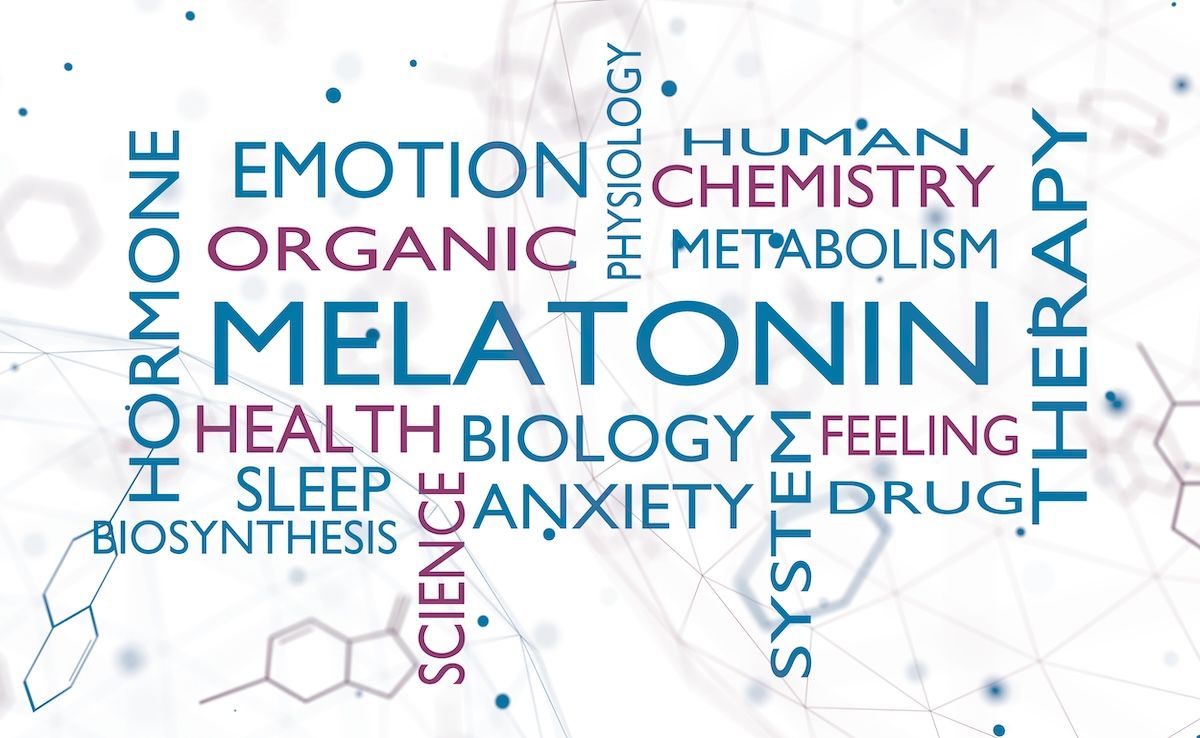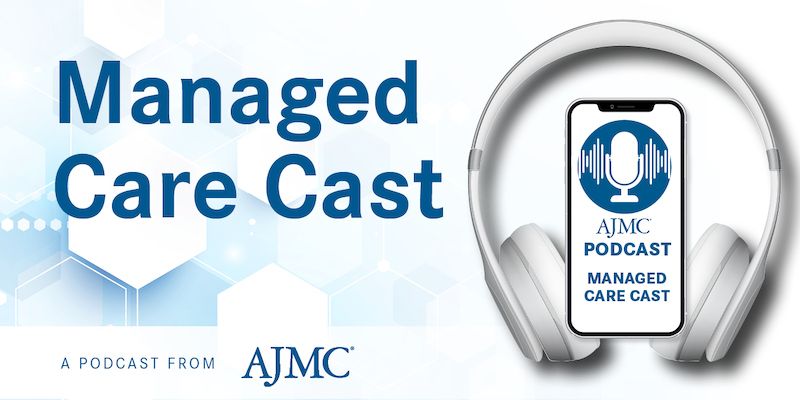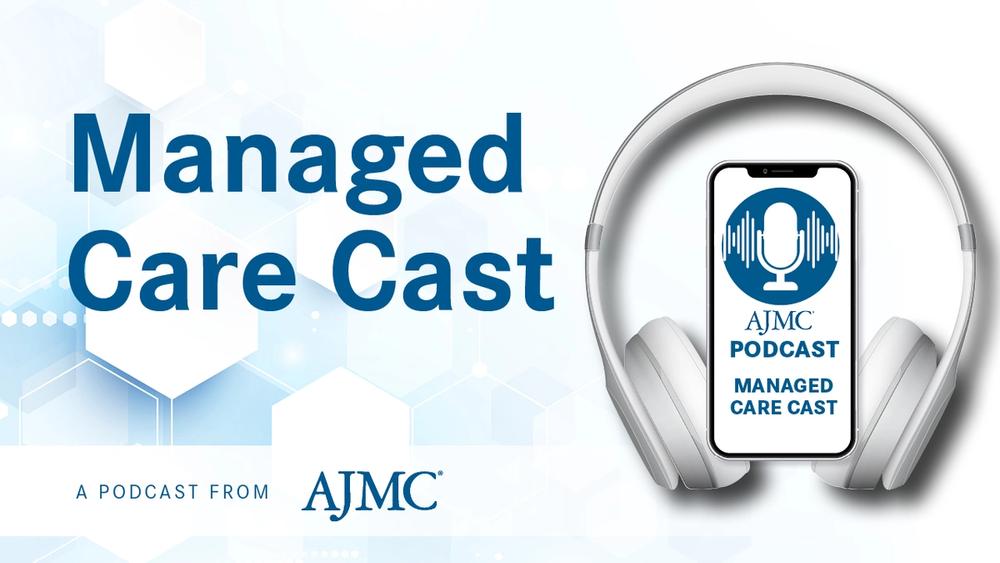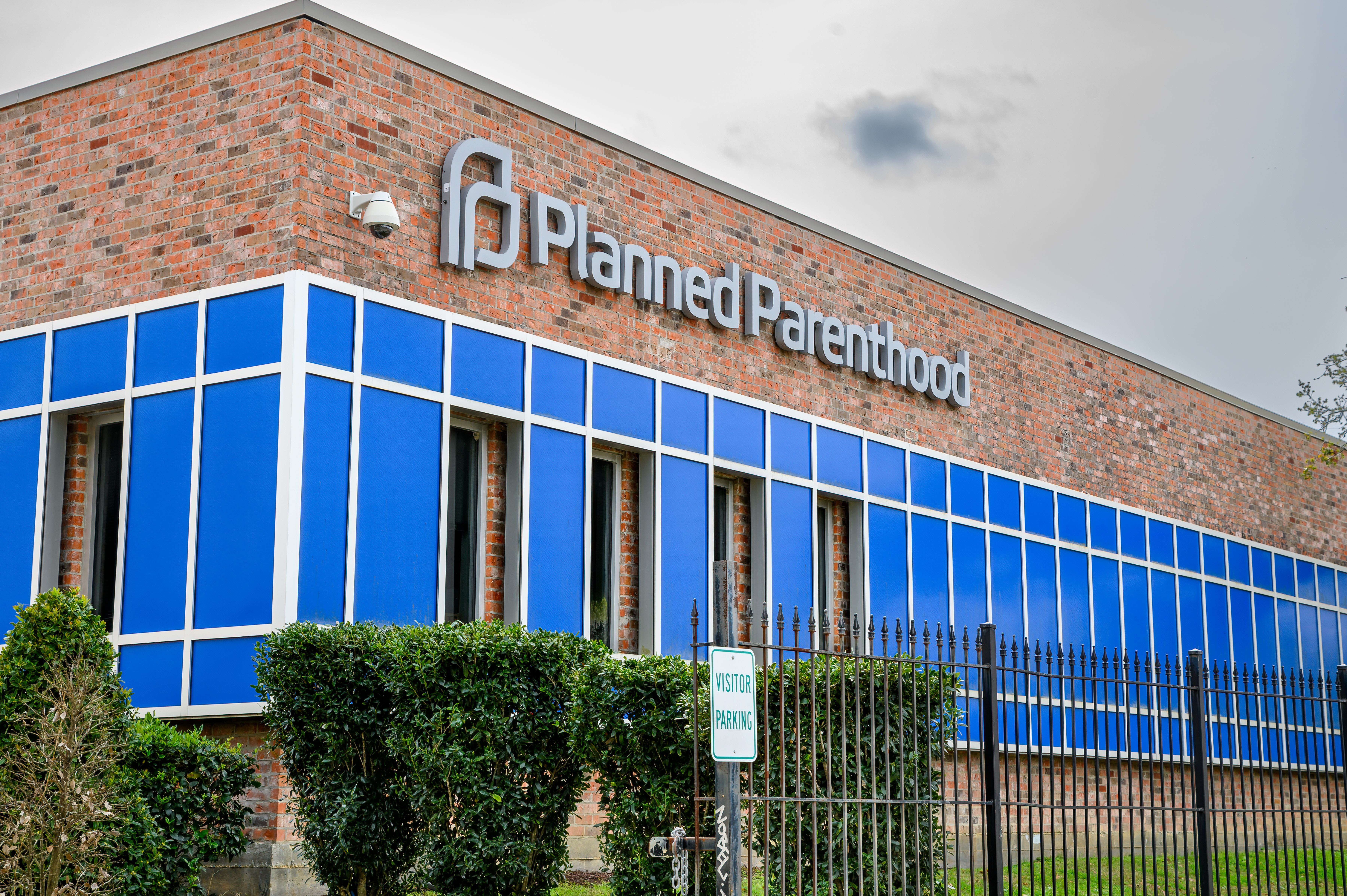Commentary
Video
Shaping Gene Therapy Approaches in Neuromuscular Disease
Author(s):
Adeno-associated virus (AAV)–mediated gene therapy was one of the focal points of this year's Muscular Dystrophy Association conference. Here, Barry Byrne, MD, PhD, University of Florida, speaks to the novel development of AAV gene therapy and its mechanism of action.
Adeno-associated virus (AAV)–mediated gene therapy has particularly transformed the treatment landscape of Duchenne muscular dystrophy (DMD); however, clinical approaches with this intervention vary based on a number of factors.
Here, Barry Byrne, MD, PhD, pediatric cardiologist, director, Powell Gene Therapy Center, University of Florida, discussed these considerations, the underlying mechanisms of AAV-mediated gene therapy, and its impacts on clinical approaches to DMD.
The advent of gene therapies was a major topic of discussion at the 2025 Muscular Dystrophy Association Clinical & Scientific Conference held in Dallas, Texas.
This transcript has been lightly edited for clarity; captions were auto-generated.
Transcript
The mechanism of action of AAV-mediated gene therapy is dependent on the strategy being used for the type of disease that is being treated. In the example of recessive diseases, AAV-mediated gene therapy is aimed at adding a gene back to cells that are affected by this genetic mutation. And in neuromuscular diseases, this might be either neurons or muscle cells. But the advantage of gene transfer for recessive diseases in neurons, as was done for spinal muscular atrophy, is these cells don't continue to divide after birth, and the gene transfer is effectively permanent.
In other strategies, there may be a dominant gene that is the cause of neuromuscular disease, such as FSHD [facioscapulohumeral muscular dystrophy]. The goal of the gene therapy is to reduce the expression of a given protein, or pathogenic protein, and there are a variety of examples [of] these conditions, as well as the type of disease in the ataxia is caused by repeat expansion. In that case, the gene therapy product is intended to either augment the expression of the gene that's affected by this repeat expansion, or, in some cases, that there seems to be a possibility to actually remove the repeats in the DNA and permanently correct those cells.
Taken altogether, it’s really is an the amazing toolbox now of AAV-mediated gene therapy to either add a gene, silence a gene, or edit a gene. This covers really almost every cause of the neuromuscular disease, making these tools amenable to treating a wide array of neuromuscular disorders.
Newsletter
Stay ahead of policy, cost, and value—subscribe to AJMC for expert insights at the intersection of clinical care and health economics.





